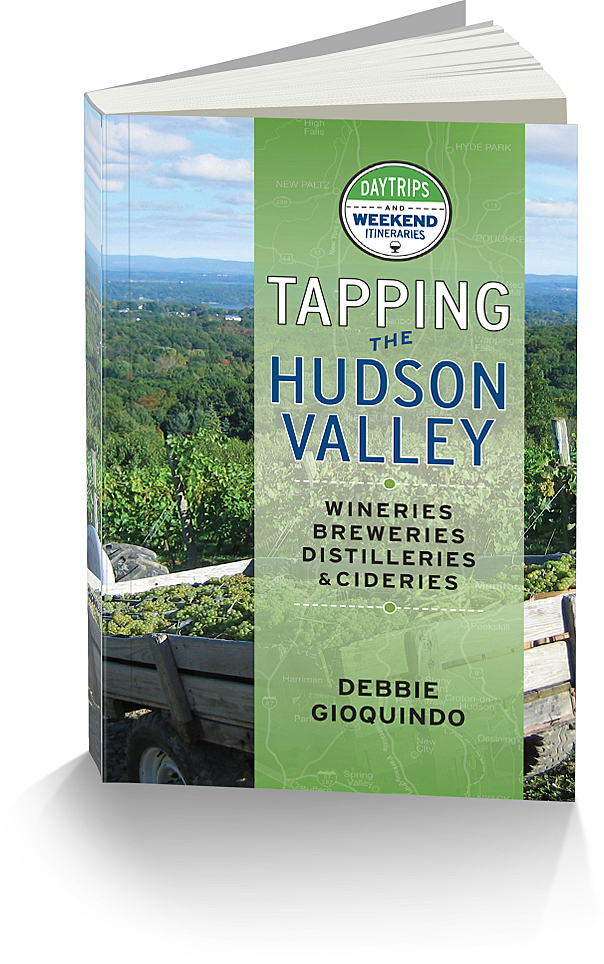Tucked away on a beautiful country road in Ancram, New York you’ll find Hillrock Farm, home to Hillrock Estate Distillery and Jeffrey Baker producing whiskey under the direction of Master Distiller, Dave Pickerall. I recently toured the distillery with Tim Welly, who I knew from his days at Millbrook Winery. I am not a bourbon or whiskey drinker (bad experience at 18) but I received a huge education about the distilling process with Tim. I did taste at the end and was pleasantly surprised how my palate reacted.
Read through the brief show notes, listen to the podcast then view the video and you will have visited and experienced Hillrock Estate Distillery.
At Hillrock they have 36 acres planted that they do rotational planting between barley and rye. They lease and farm an additional 225 acres. Plant with winter varietals of rye and barley which adds a spicy character to the whiskey and really brings the terrior to the whiskey.
Their malt house is the first purpose built malt house at a distillery in the US since before prohibition. Malt is a controlled germinated seed (Rye and Barley) that is planted in the fall and harvested late July.
They malt or mill to create a flour like grist. When grist is added to water it’s called mash (wart when making beer.)
The picture above shows them floor malting. They sprout the grain. The grain sprouts inside and above the seed, grows a new piece of grass. The new piece of grass will signify they are producing amylase, which is an enzyme that concerts starch into maltose in the mash.
Then they steep grain for three days with water for 12 hours at a time and draining allowing it dry for 12 hrs at a time in a controlled environment as they wake the seed up and make it sprout. They can ferment naturally without the use of enzymes
The grain is aerated with a malt rake. Once dry they will burn Peet brought over from Scotland to flavor their grain to make it taste like scotch styled whiskey..
Water is then added to the malt and is then pumped over to their fermentation vessels, inoculated with yeast and fermentation begins. Fermentation only lasts 4 to 5 days and the mash looks like oatmeal.
Once fermentation is done it heads to the still. Then it is aged in 8 different sizes of new oak barrels
At this time they produce 4 products.
Podcast: Play in new window | Download




